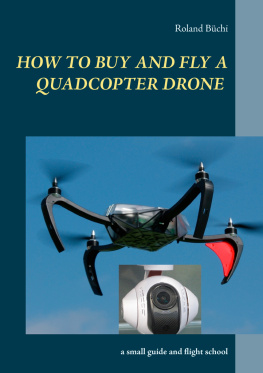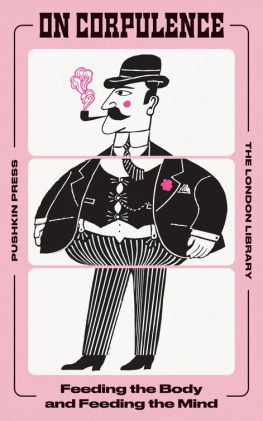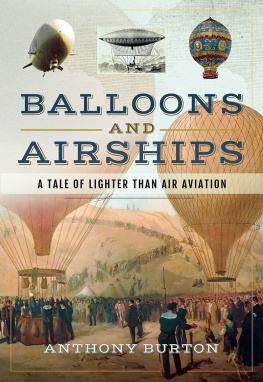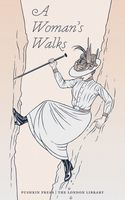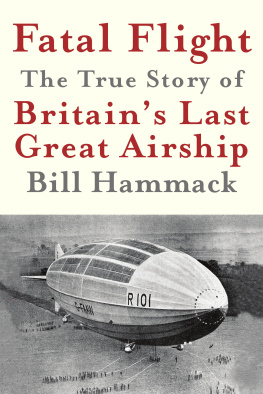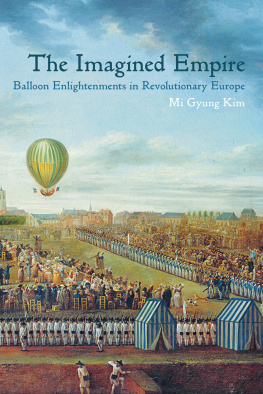I dedicate the English Edition of this little book to the Society recently formed in England for the Study of Aerial Navigation (having His Grace the Duke of Argyle for its President, and the honourable and persevering Mr. Glaisher for its Secretary-General), under the patronage of the powerful British Association for the Advancement of Science.
I am particularly pleased to have this opportunity of expressing my profound satisfaction at the creation of this new Society.
Engaged in the common pursuit of such a humanising task, there should be no feeling of petty rivalry or jealousy; a spirit of generous emulation should alone animate the breasts of all the men of good will and good heart united for the interest of the Great Cause.
PARIS , March 15, 1866.
BY GEORGE SAND, 1865
A MANTINE -L UCILE -A URORE D UDEVANT (18041876) was a gifted French writer who adopted the pseudonym by which she is remembered for her novel Indiana, which brought her immediate fame. She scandalised society with her many lovers, among whom were Prosper Mrime, Alfred de Musset, and Frdric Chopin. The best known photograph of her was taken by her friend Nadar.
T ruth has two modes of existence, marked by two distinct phases; that in which it is merely demonstrated, and that in which it can be proved.
In the former, it reposes first of all upon the faith which is the instinct of the Good and the Beautiful, then upon reason, and finally upon intellectual certitude.
In the latter it rests upon the experience acquired by the accomplished fact.
Honour to those men whose initiative sets free the first hypothesis, the sovereign induction, from the chaos of dreams, from the thousand gropings of the imagination struggling with the unknown! When those great and generous minds have succeeded in well posing the question to be solved, they have already made a grand step: they have opened the way.
Afterwards come the men of application, not less useful, not less admirable, who, by clever and patient experiments, proceed from the hypothesis to the discovery. From that time, Genius becomes a material force; and the idea which was only a promise becomes the real benefit with which the human race enriches itself.
Thus it has been with all our conquests in the domains of Science and of Industry. Every light has its precursory dawn, and he who perceives the one may predict the other. But all do not see the glimmer of the first breaking of a truth, and it is at this earliest stage of undecided brightness that it is disputed, sometimes even repulsed with passion, so formidable is the apparition of those great stars of progress which upset customary notions, destroy to a certain extent the world of the past, and, on the day when their rays burst forth above the horizon, cause man to enter upon new conditions of existence.
Thus it was with steam, with electricity, and with all those surprising inventions which, within the last century, have so essentially modified public and private life in and around us.
In the little work which follows our brief reflections, and also in the Mmoires du Gant (a book so innocently dramatic), read the protestations, the persecutions even, called forth by every truth passing through the phases of research and demonstration. It is when it stands most in need of consideration, study, and encouragement, that sarcasm and an impatient desire to crush it, rise up about the dawning truth. Prove thyself! is cried out on all sides, and we will believe in thee.
Truth replies: Assist me to ripen, to manifest myself. Give me the means for becoming a fact, and for that, know me; deny me not. I am but an idea, a soul, so to speak, and yet you expect to touch me before you have permitted me to take a body! I exist nevertheless; I exist in a sphere as real for the eyes of the understanding as if I were already a palpable fact. Respect me, alas! for if you deny me, you deny yourselves. I am yours, since I bring you the future; and if you affirm that I shall never be, you say that you yourselves desire never to exist.
Among the adepts, the ardent vulgarisers, and the devoted servants of Truth in the stage of demonstration, Nadar, who is neither a savant nor a speculator, but, in my opinion, a great logician and a man of firm will, here lays before us his earnest and deliberate Word.
This Word, summed up in the Right to Fly, possesses a veritable worth and a veritable force. Let it be meditated without prejudice, and every serious mind will acknowledge, that the question of the Right to Fly is one of those magnificent questions which cannot remain unsolved from the moment that they are well posed.
GEORGE SAND .
PARIS , Nov. 2, 1865.
BY FELIX NADAR, 1866
G ASPARD -F LIX T OURNACHON (18201910) was a photographer, journalist, writer, left-wing agitator, caricaturist and aeronaut who was imprisoned for debts and inspired Jules Vernes Five Weeks in a Balloon. In 1858, he became the first person to take an aerial photograph, and in 1864 he photographed the Paris sewers for the first time.
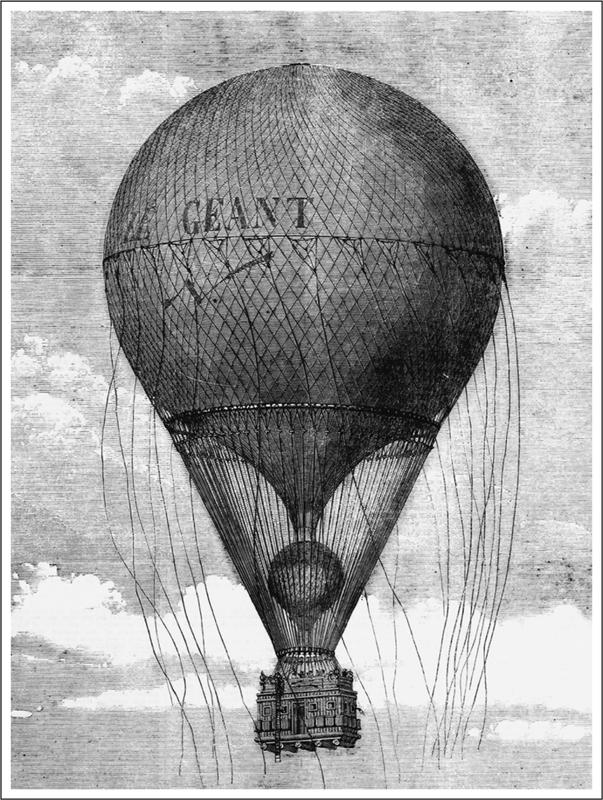
Nadars giant balloon at Paris
[The translation of the RIGHT TO FLY appears as the simple unpretending transmission of M. Nadars work from French into English. It has been verified by the Author, who preferred occasional crudity of diction to the more complicated adaptation of his ideas to a foreign language, which would in some cases have detracted from the originality which characterises this little volume. The indulgence of the critics is therefore claimed, should the well of English undefiled appear in some cases to have been rendered somewhat impure. J . S . H .]
Contents
You were passing. My title, well doing its business as a title, struck your eye; and here you are, stopped in your course.You open me promiscuously.
Should you fall upon any hard word of the savants, dont be afraid, and stand firm!
There is no science here, since it is I who speak to you.
I ask you only for a grain of good sense, if you can supply it; ten minutes attention, if you are capable of giving it; moreover, and listen to this serious reason which generally touches you, YOUR INTEREST is at stake in the matter.
Should you be somewhat of that opinion, when you have read me through,if I have made you see what you did not dream of looking at,if I have made you think of what you did not even suspect, then try to aid THE CAUSE your own Cause! and insult me for having been of service to you.
If you do not SEE , if you do not KNOW , if you do not BELIEVE , then never fly,and continue to walk, simpleton!
I.
M y estimable colleague, M. G. de la Landelle, returned one day from a visit to a most intelligent master clockmaker, who, in the wake of many predecessors, and, like many others, at a great loss of time and money had been hunting after a system of directive aerostation.
He had told him, time after time, and in every possible manner, that the direction of balloons, properly speaking, is a chimera;
that upon those immense non-resisting surfaces, upon those enormous masses lighter than the volume of air they displace, the slightest current exercises a too easy influence;




